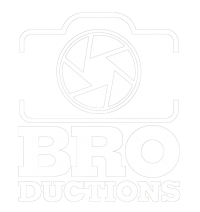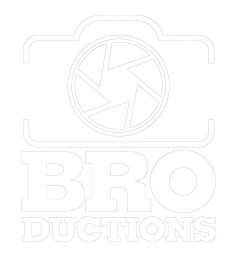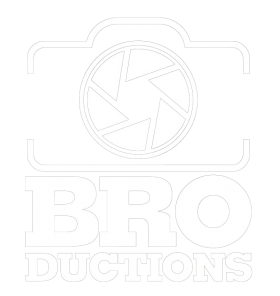I’ll go through each of these elements in the On Page SEO checklist below. Founder of Sheets for Marketers, I nerd out on automating parts of my work using Google Sheets. There’s nothing like a well deserved SEO Anomaly drink after a busy day spreadsheeting.
On-Page vs. Off-Page SEO: Key Differences and Tips
- Optimising your content is essentially about making it more relevant to your target query.
- Core Web Vitals apply to your site’s mobile and desktop versions.
- For example, few years ago I partnered with BuzzSumo to create this content marketing study.
Having a website that is supported by an up-to-date technological infrastructure is a good starting point for your on-page SEO strategies. On-page SEO or on-site SEO is optimizing web pages on your business website to improve search engine rankings. It focuses on making changes to client-facing website resources on the website and HTML source code like content, site accessibility, and page speed. On-site optimizations ensure search engines understand what your website is about and your offerings. Remember though – SEO pricing will vary based on your current situation and your competitors. Internal links allow you to direct traffic and search bots to specific pages, helping you rank better for certain keywords.
Therefore, I’ve created the ultimate On Page SEO Checklist so that you can ensure that the primary elements of your site pages are well-optimized. Many of these elements will not significantly affect your search engine optimization on their own, they will when taken as a collective unit. While it is important to make sure the technical SEO and off-page elements are also optimized, you should not ignore the on-page factors. There are plenty of studies that show how page load and longer loading times leads to more people abandoning the page before it ever loads. When you have links to related content to provide more context or information on a topic, people are likely to click on them to learn more. Create pages that are optimised for relevant keywords and then group them together so searchers (and Google) can find them.
Consider the User Experience
You need data to run a successful online business in the modern world. With GDPR in Europe and CCPA in California setting strict privacy rules, first-party data collection has become essential for all online businesses. You need to signal to Google that your content is trustworthy and well-researched. Think of it as borrowing someone else’s credibility to make your own content more credible.
Use Clean URLs
The goal of on-page SEO is to rank higher for target keywords, and keyword research is how you identify those keywords. The most common schema for SEO is product schema, which allows search engines to show product prices, availability, ratings, and sizes directly in their results. This can be added to your product page with custom code, through your theme or a third-party app.
They’re essentially a precursor for the main content on your site. On-page SEO refers to the elements on a page of your website that you can optimize to improve its search rankings. When you work on on-page optimization for each of these elements, you make it easier for search engines to crawl and understand your page. While good-quality content may be the foundation of a good SEO strategy, your website’s content should also be purposeful and strategic. Google and other search engines prefer websites offering users value, which means well-laid-out websites with helpful information. Our on-page optimization services include identifying under-performing web pages and making the necessary changes.
In the past, on-page SEO has been synonymous with keyword use — and specifically, including a high-value keyword in several key locations on a website. Have you ever wondered why some websites appear at the first of SERPs? It’s all about page SEO, it’s an important ingredient for online visibility. With smart on page SEO strategies, we can easily rank our website at the top of the result pages. Discover 10 AI-powered hacks to revolutionize digital marketing in 2025.
And at least according to this little study, these original images potentially help us rank. So if you’re using stock photos that a thousand other sites use, consider creating custom images. And I quickly realized that 100% of the type of content on the first page results were tools. AI tools, like ChatGPT, can be a great place to brainstorm potential titles, offering a good starting point for your creative process. Because users will instantly know that your content matches their search query (which can make them more likely to click).




